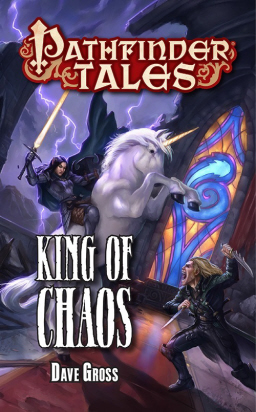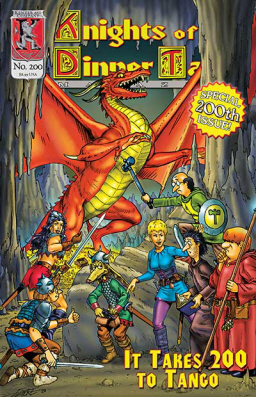Vintage Treasures: The Lords of Underearth
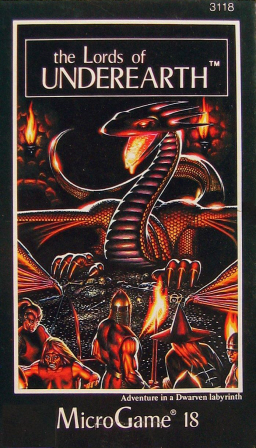 I’ve written before about the marvelously compact games from Metagaming that first introduced me to role playing, both in my editorial in Black Gate 12 and here on the blog.
I’ve written before about the marvelously compact games from Metagaming that first introduced me to role playing, both in my editorial in Black Gate 12 and here on the blog.
It was the ubiquitous Metagaming ads on the inside cover of Analog and Isaac Asimov’s Science Fiction Magazine in the late 70s that first caught my eye. I carefully clipped out the order form (I bet you kids have never clipped an order form out of a magazine in your life. Bah! You don’t know what you’re missing. A gaping hole in the cover of your magazine, that’s what you’re missing) and mailed off my $2.95 for copy of Melee and $3.95 for the fabulously deluxe Wizard.
Both games were written by Steve Jackson — yes, the same genius designer behind Ogre, GURPS, Car Wars, Munchkin, and numerous others. For my money (all $6.90), those two early games still rank as perhaps his finest creations.
Steve Jackson left Metagaming in the 1980 to found Steve Jackson Games and his loss was keenly felt. But the rights to Melee and Wizard remained with Metagaming and its owner, Howard M. Thompson. Thompson supported the system with a series of excellent releases, including some of the best solitaire products this industry has ever seen, including Death Test, Death Test 2, Orb Quest, and Grail Quest.
I’ve been playing Grail Quest since 1980 — the last few years with my son Drew at my side — fruitlessly searching the treacherous woods and castles outside Camelot for the Holy Grail. It’s got to be in that damn game somewhere. I’m going to find it some day, I swear.
Anyway, Metagaming produced a total of 22 microgames before the company folded in 1983. Virtually all of them were science fiction and fantasy in theme, and they exhibited an imaginative range of settings and themes, from Rivets — the game of two dueling robot colonies — to Sticks & Stones, the first (and only) stone age RPG. I’ve gradually collected all of them over the years, and it was with some satisfaction that I finally completed my collection this year with the one that was the most difficult to track down: the fantasy game of subterranean warfare in an ancient Dwarven Stronghold, The Lords of Underearth.

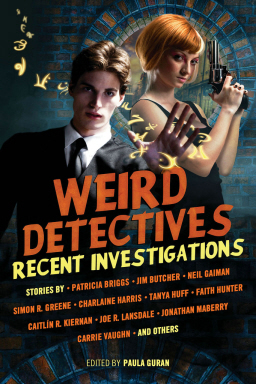
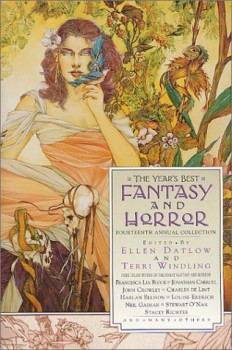
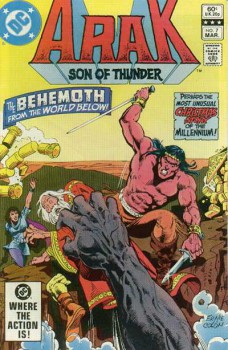
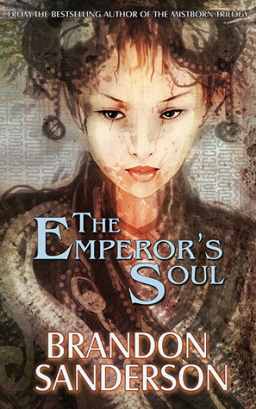

 You never know when you’ll find something fantastical to write about.
You never know when you’ll find something fantastical to write about.